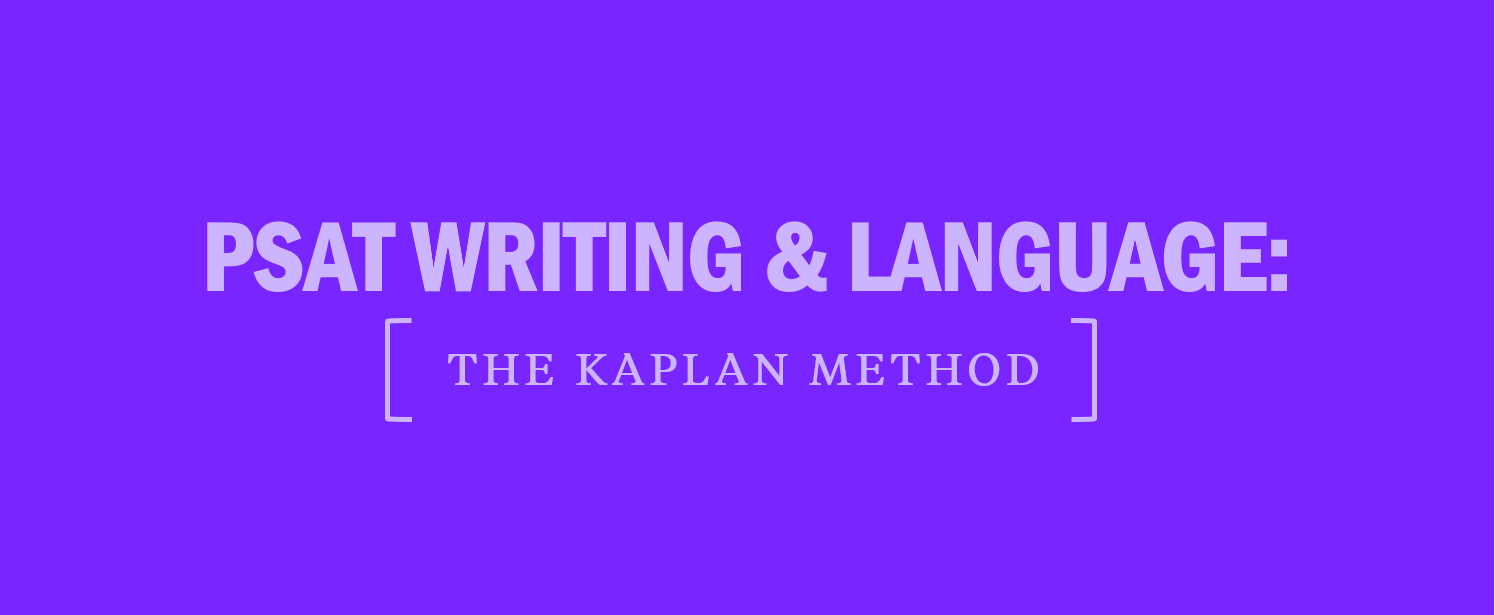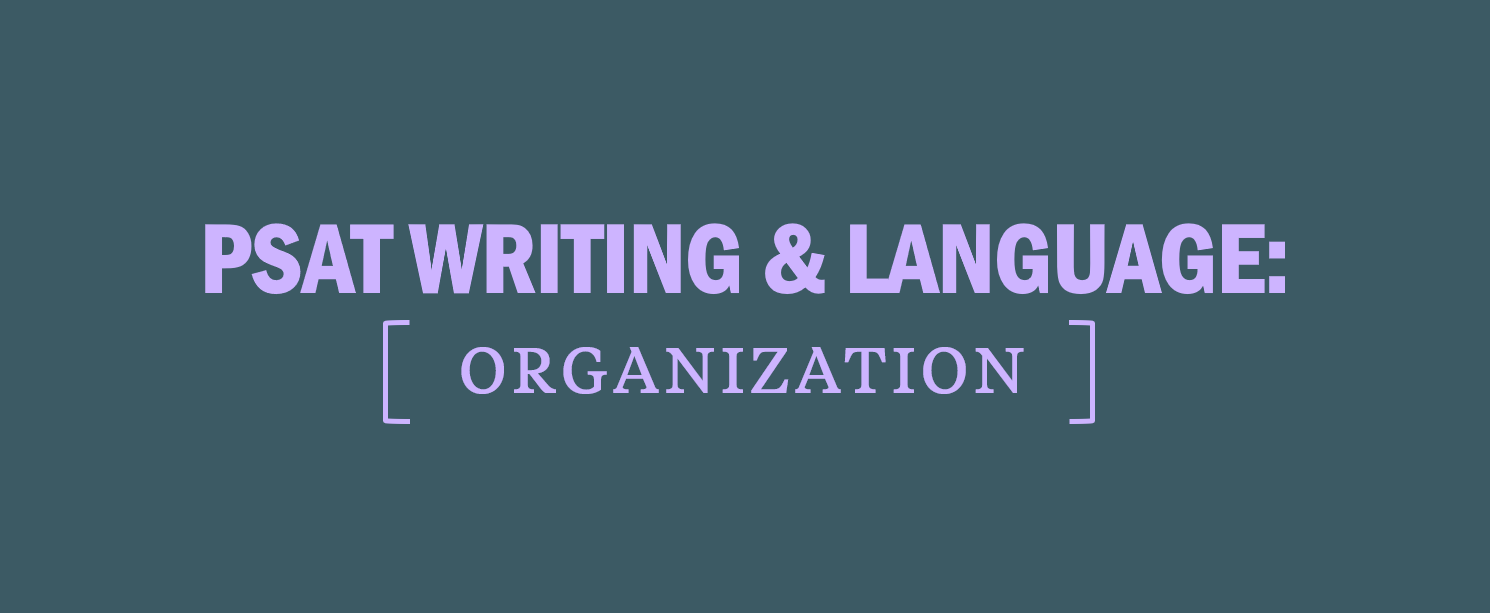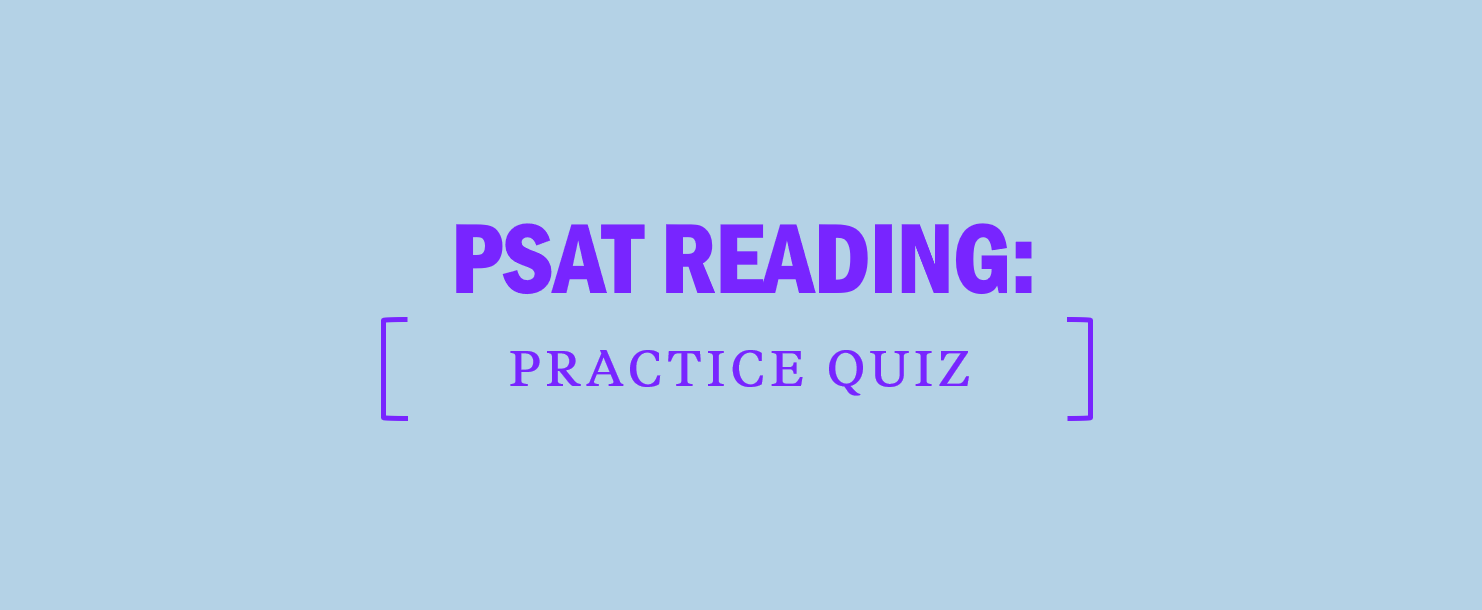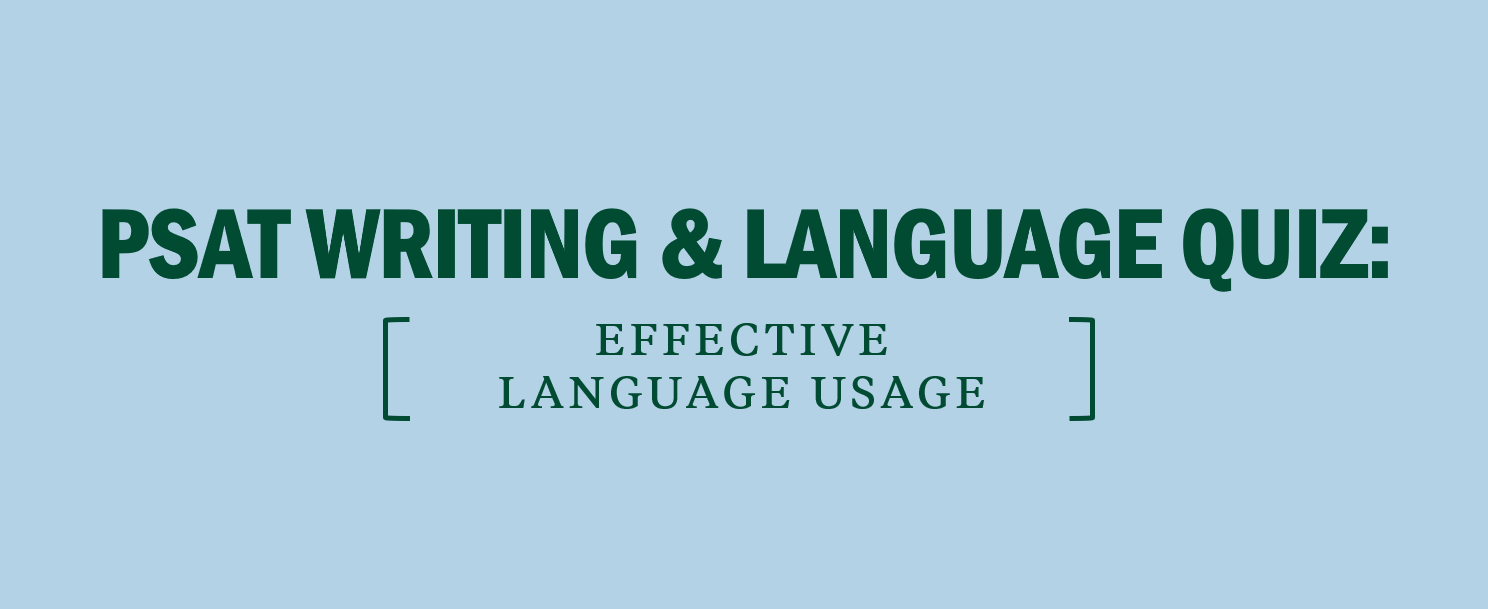PSAT Writing and Language: The Kaplan Method
The Kaplan Method for the PSAT Writing & Language test is a technique you can use to boost your score. By understanding what the question is looking for, how it relates to the passage, and the questions you should ask yourself on Test Day, you will maximize the number of points you earn. Use the Kaplan Method for Writing & Language for every PSAT Writing & Language Test passage and question you encounter, whether practicing, completing your homework, working on a Practice Test, or taking the actual exam on Test Day.
The Kaplan Method for the PSAT Writing & Language test has three steps:
- Step 1: Read the passage and identify the issue
- If there’s an infographic, apply the Kaplan Method for Infographics
- Step 2: Eliminate answer choices that do not address the issue
- Step 3: Plug in the remaining answer choices and select the most correct, concise, and relevant one
Let’s take a closer look at each step.
Remember!
The PSAT will expect you to be able to recognize errors in organization, pronouns, agreement, comparisons, development, sentence structure, modifiers, verbs, wordiness, style, tone, and syntax.
The Kaplan Method
There is no wrong answer penalty on the PSAT. When in doubt, eliminate what you can and then guess. You won’t lose points for guessing.
When you encounter a Writing & Language question, use the Kaplan Method, asking yourself a series of strategic thinking questions. By asking these strategic thinking questions, you will be able to select the correct answer choice more easily and efficiently. Pausing to ask yourself questions before answering each question may seem like it takes a lot of time, but it actually saves you time by preventing you from weighing the four answer choices against each other; it’s better to ask questions that lead you directly to the correct answer than to debate which of four answers seems the least incorrect.
Let’s look at the following Writing & Language passage and questions. After the passage, there are two columns. The left column contains test-like questions. The column on the right features the strategic thinking a test expert employs when approaching the passage and questions presented.
On Test Day
If you have to guess, eliminate answer choices that are clearly wrong and then choose the shortest one—the PSAT rewards students who know how to be concise.
Sample PSAT Writing and Language Question
Step 1: Read Passage & Identify Issue
- Can you identify a grammatical issue? No, the underlined phrase is grammatically correct.
- When there is no apparent grammatical issue, check style, tone, and syntax. Are there any style, tone, or syntax errors? The sentence is written in the passive voice: the subject—“power companies”—comes after the object: “wind power projects.”
Step 2: Eliminate Answer Choices
- What answer choice(s) can you eliminate? Eliminate (B) and (C) because they just change the verb tense rather than addressing the error.
Step 3: Select Most Correct, Concise, & Relevant Answer
- What is the answer? Choice (D)
Previous: PSAT Writing and Language: Passage Types
Next: PSAT Writing and Language: Infographics






